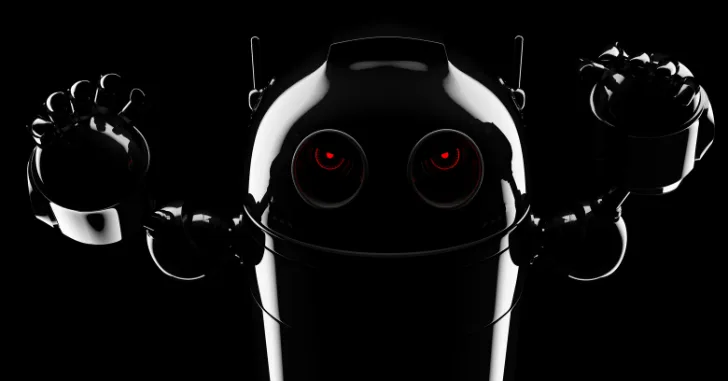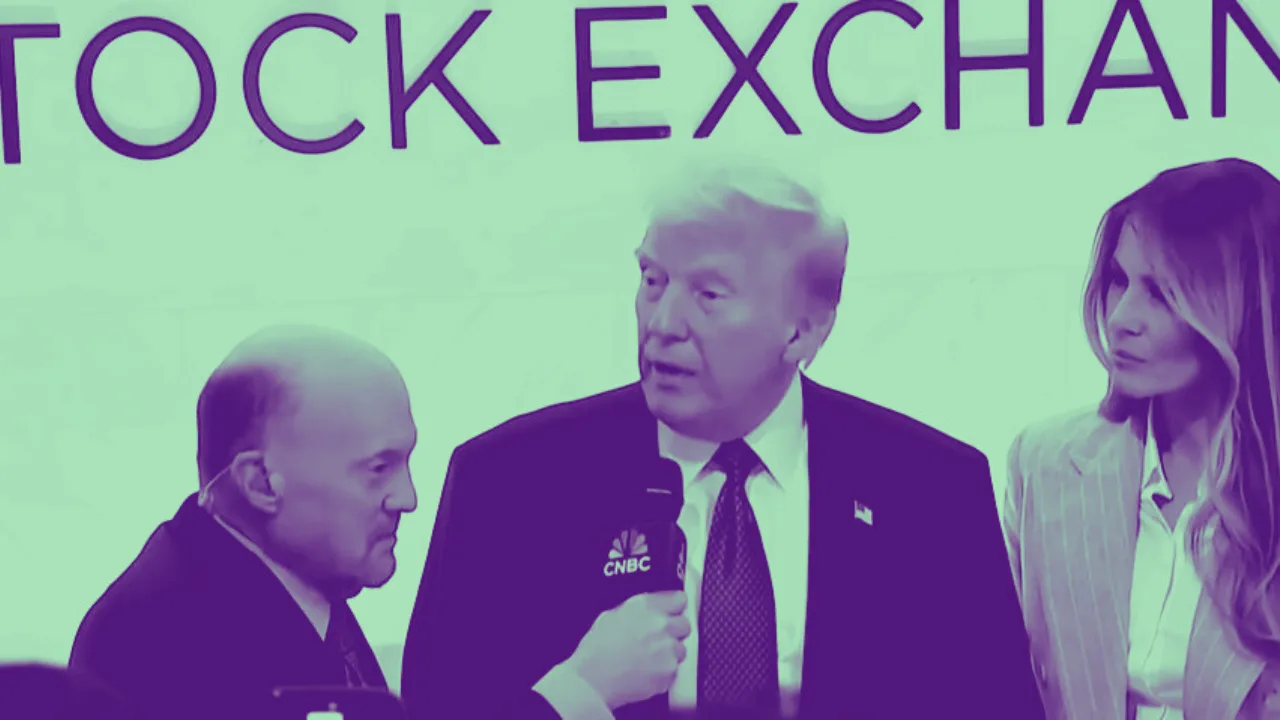AI a Boon or Threat
Artificial Intelligence (AI) is revolutionizing industries, but its adoption comes with challenges—primarily the displacement of human workers. While history suggests that technology creates new jobs alongside those it eliminates, the rapid pace of AI deployment raises concerns about significant workforce transitions over the next few decades.
Sectors Most Vulnerable to AI Displacement
- Manufacturing and Warehousing
AI-powered robots are already replacing tasks traditionally performed by factory workers. For instance, companies like Amazon use automated fulfillment systems, where workers are now tasked with supervising robots rather than physically handling goods.
- Projected Impact: 20-25% of jobs in manufacturing could disappear by 2030 as automation increases efficiency.
- Transportation
With companies like Tesla and Waymo advancing autonomous vehicle technology, truck drivers and delivery personnel face increasing uncertainty.
- Projection: McKinsey suggests up to a quarter of transportation jobs could be lost by 2040 due to autonomous systems.
- Retail and Customer Service
Self-checkout kiosks, chatbots, and virtual assistants are replacing cashiers and customer service representatives. AI-enabled marketing tools, such as those used by e-commerce giants, also reduce the need for human labor.
- Estimate: The World Economic Forum (WEF) predicts that roles like bank tellers and cashiers will see the sharpest declines, with job losses accelerating through 2035.
- Finance and Insurance
AI is reshaping the financial sector through automated trading, robo-advisors, and AI-driven fraud detection systems. Roles like underwriting are being automated, reducing demand for financial analysts and clerks.
- Estimate: 15-20% of these jobs could disappear by 2030, according to McKinsey research.
Projected Timeframes of AI-driven Job Loss
- By 2025: Early waves of AI will automate routine administrative tasks, impacting data entry and customer support jobs.
- By 2030: Many mid-skill roles—particularly in logistics, healthcare administration, and finance—will face automation risks. Workers in transportation, for example, will need to reskill as autonomous vehicles become mainstream.
- By 2040: AI adoption will affect even high-skill professions such as medicine and law, where tools like diagnostic AI and legal automation become more prevalent.
Examples of Real-World Impact and Mitigation Strategies
The Hollywood strikes in 2023 illustrate the tension between AI and labor. Writers and actors demanded protections against AI-generated scripts and likenesses, eventually winning key concessions. This case highlights the growing need for regulatory frameworks to protect workers in industries facing AI disruption.
In industries like green energy, AI is also creating new opportunities. Federal investments in renewable energy are expected to generate 700,000 new jobs, even as 3.5 million are displaced from oil and gas sectors. Saurabh Sanghvi from McKinsey emphasizes the importance of helping workers transition to greener roles through targeted upskilling programs.
Policy Solutions: A Path Forward
Governments and companies must work together to cushion the impact of job displacement through several strategies:
- Upskilling and Reskilling Programs
Workers will need to develop skills such as data analysis, software development, and AI oversight. McKinsey suggests that around one-third of workers in advanced economies may need to change occupational categories by 2030. - AI-Human Collaboration Models
As AI complements human labor, new roles will focus on monitoring, managing, and troubleshooting automated systems. For example, Amazon warehouse workers now oversee robotic systems rather than performing manual labor. - Social Safety Nets and Regulation
The Hollywood strikes demonstrate the value of ensuring worker protections against unchecked AI deployment. Governments might also explore universal basic income (UBI) or transition funds to support displaced workers during industry shifts.
Will AI Create More Jobs than it Destroys?
Despite fears of mass unemployment, many experts remain cautiously optimistic. McKinsey estimates that by 2030, 8-9% of labor demand will come from entirely new types of jobs that do not exist today. Roles in data science, green energy, and advanced manufacturing are expected to grow. However, successful transitions depend on continuous investment in workforce education and economic growth.
Preparing for the Future of Work
AI will undoubtedly disrupt the U.S. labor market, especially in industries reliant on repetitive or easily automatable tasks. While job displacement is inevitable, proactive policies, education reforms, and collaborative work models offer a way to mitigate the risks. Workers, employers, and policymakers must act now to prepare for the seismic shifts AI will bring, ensuring that the benefits of technology are shared equitably across society.
This article provides a balanced perspective on the projected impacts of AI on the workforce, emphasizing the need for adaptability, investment in education, and strategic planning for a sustainable economic future.
Sources
- McKinsey Global Institute: AI, Automation, and the Future of Work
- World Economic Forum: Future of Jobs Report 2023
- Chicago Booth Review: AI’s Impact on the Labor Market





